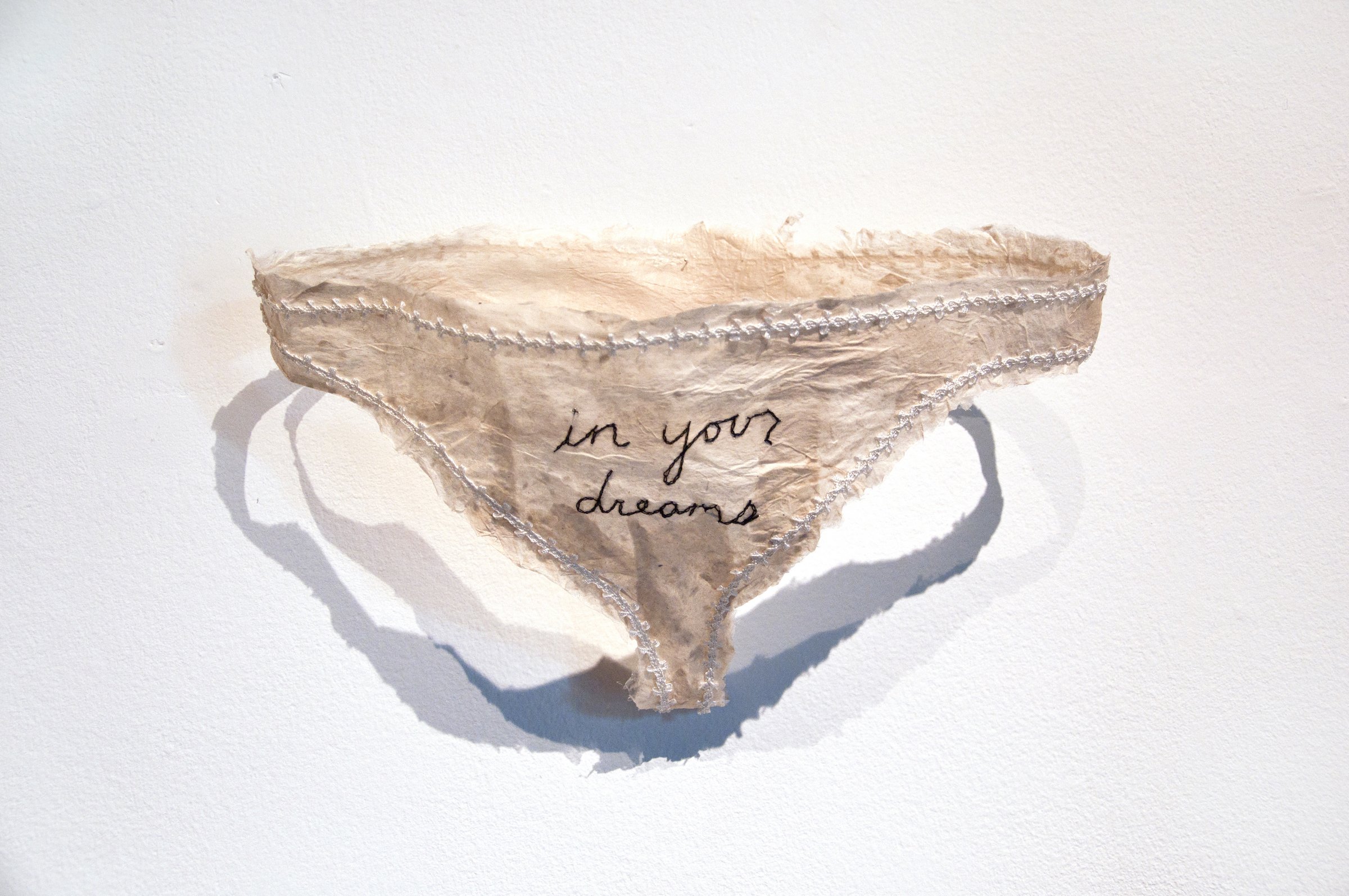From Abigail Ogilvy, Owner and Director; and Kaylee Hennessey, Assistant Director:
Mariana Rey, Gallery Associate, Abigail Ogilvy Gallery
The Abigail Ogilvy Gallery team is thrilled to announce the appointment of our newest gallery associate, Mariana Rey. Mariana joined us in early September this year and has proven to be an immediate force in the Boston art scene, and a wonderful addition to our team.
Mariana earned her BFA in Visual Arts from the Pontifical Xavierian University of Colombia in 2022. As a visual artist, she is also interested in curatorial studies that focus on uplifting underrepresented individuals while providing new ways for viewers to interact with art.
In addition to her work at Abigail Ogilvy Gallery, Mariana currently works at the Institute of Contemporary Art, Boston as a Visitor Assistant, engaging with visitors about the artworks as a member of the Education Department.
In her personal artistic practice, she uses media such as illustration, photography, and animation to explore and address her interests towards the body, gender, and territory, understanding the intimate as a political power.
Having been with us for just over a month now, Mariana has brought an incredible curatorial expertise and consideration to the position, and we are honored to be working together.


